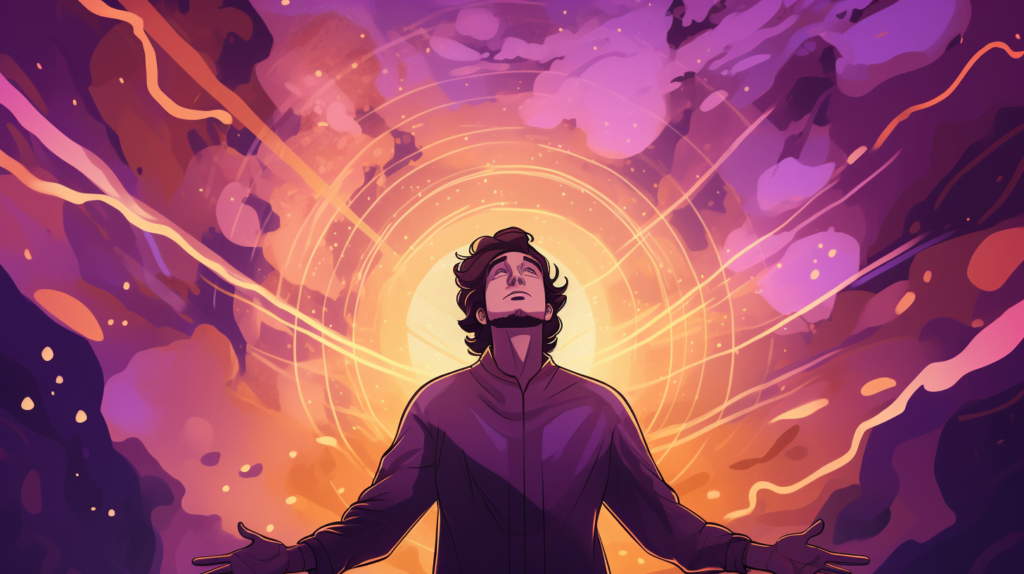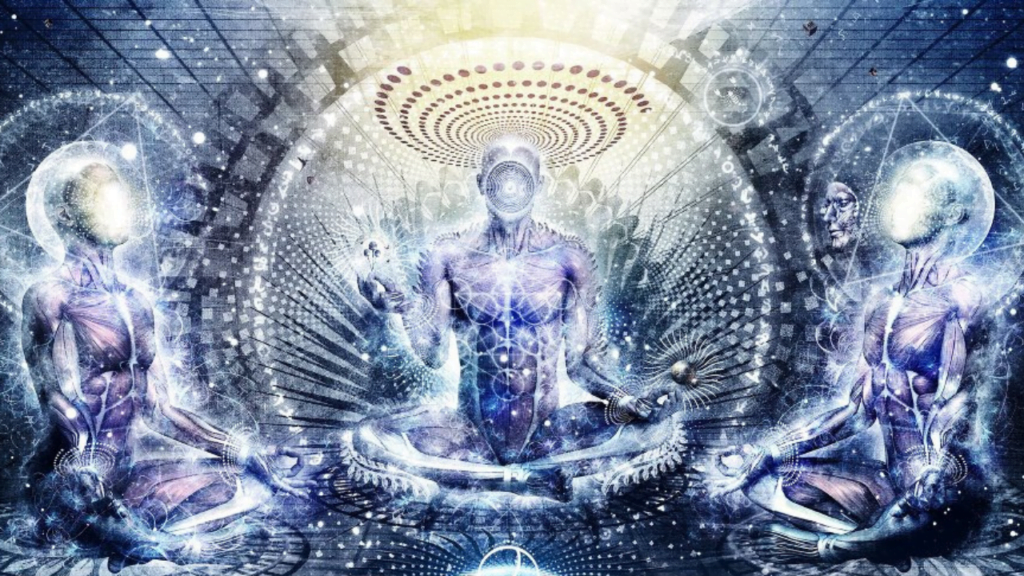20 Signs & Symptoms of Spiritual Awakening
Spiritual awakening is a term used to describe a profound shift in consciousness and newly found increase in awareness of your true nature. Spiritual awakenings lead us deeper in connection with the divinity of our universe. An awakening can be an empowering and transformative experience, leading to a greater understanding of life and purpose. But how do you know if you’re getting closer to that sought after divinity? What are the signs of spiritual awakening you should look out for? Today we’re going to explore some of the most common signs of spiritual awakening to help you identify and understand this transformative process. The 2 main types of spiritual awakening There are two schools of thought in the realm of spiritual awakening in eastern traditions. Gradual enlightenment and sudden enlightenment. Awakening can and should be talked about from multiple angles since different religious and cultural traditions define awakening in different ways. In fact, the two schools of thought often go head to head in debate. For that reason we’ll look at both here. Sudden Enlightenment The idea of a sudden enlightenment comes from the Zen tradition in Buddhism. The word used to describe this is Subitism, which means sudden awakening. This is the idea that pops into our mind when we think of awakening. The one moment when the universe blesses us with divine wisdom and we merge with the cosmos and feel oneness with everything! …apparently. This idea of complete enlightenment in one moment is more a fantasy than reality. The truth is that you might have multiple minor awakenings over the course of your spiritual journey. Though they may feel profound at the time, they are most likely temporary. Gradual Awakening Tibetan Buddhism, which is noted as the original Buddhist path, follows the notion of gradual awakening. The original dharmic path involves gradually following a step by step path to gain higher consciousness which could potentially take eons over the course of multiple lifetimes. Gradual enlightenment refers to a process of spiritual growth and awakening that occurs gradually over time through consistent spiritual practice and self-reflection. Both together The reality is that both are true in their own way. Gradual and sudden awakening happen simultaneously. You should commit yourself to a slow growth process in your spiritual journey, reflecting and practicing everyday. However, if you’re serious about the spiritual path you will have moments of sudden awakening. These enlightening moments are profound bursts of insight, awareness, or wisdom. It is not a book knowledge you learn, rather it is a profound experience that appears in your awareness. Although these moments of awakening don’t last forever, they leave you one step closer to the divine. Multiple sudden awakenings are a key part of the gradual path and it’s important to reflect on and integrate awakening experiences into your life after a profound enlightenment. > discover what stage of awakening you’re in with our “Spiritual Awakening Quiz” The signs of spiritual awakening 1. You’ve had an awakening experience before If you’ve had an awakening experience in the past, this is a great sign that you’re beginning to wake up. The truth is that the awakening process includes a cycle between waking up and falling asleep again. Some days you might feel your consciousness expanding and others you feel miserable and cut off from the universe. The good news is, if you’ve ever had an awakening before you’ll likely have another in the future. The path to waking up will include many peaks, valleys, and awakenings along the way. 2. Disconnection from materialistic values and social norms During spiritual awakening, an individual may question their previous beliefs about success, happiness, and material wealth and begin to see these as less important in the larger scheme of things. You may have a growing detachment from the beliefs and values that have been imposed by society and shift towards a more inward and subjective understanding of reality. 3. You have increased intuition As you awaken, you may experience an increased sense of intuition. This can take the form of vivid dreams, inner guidance, or a heightened sense of knowing. This inner guidance comes from a growing connection with your true nature. The closer you get to your divine nature, the more its force will guide you. You begin to trust and follow your gut more, listening to the subtle messages you receive from your mind and body. This intuition can provide us with valuable insights and guidance as we navigate life, helping us to make decisions with added clarity and confidence. 4. You notice your perspective shifting Spiritual awakening often leads to a shift in perspective, causing us to see the world in a different light. This shift can lead to a greater appreciation for life’s simple pleasures, a deeper understanding of our own thoughts and emotions, and a greater sense of gratitude and joy. During the process of waking up, your perspective will change many times. Things you once took for granted become peculiar and things you once found important may seem unimportant to you later in your journey. As your awareness grows you may start to see the bigger picture, fitting observations and ideas into a bigger more divine paradigm like puzzle pieces fit into an infinite puzzle. 5. Dissociation from your body This one may sound strange, but you may start to disassociate from your body as your sense of self grows. As you awaken you may start to realize that reality isn’t quite as it seems. One major awakening you can have during your spiritual journey is that you are not your body. It’s possible to disidentify with your human form and identify with the greater divinity of the universe. As you draw closer to awakening and this mergence with the universe, you may start to feel dissociated from your body. You may also start to feel like you are observing a body or observing this human you call “yourself” or “me”. 6. You feel more at peace



